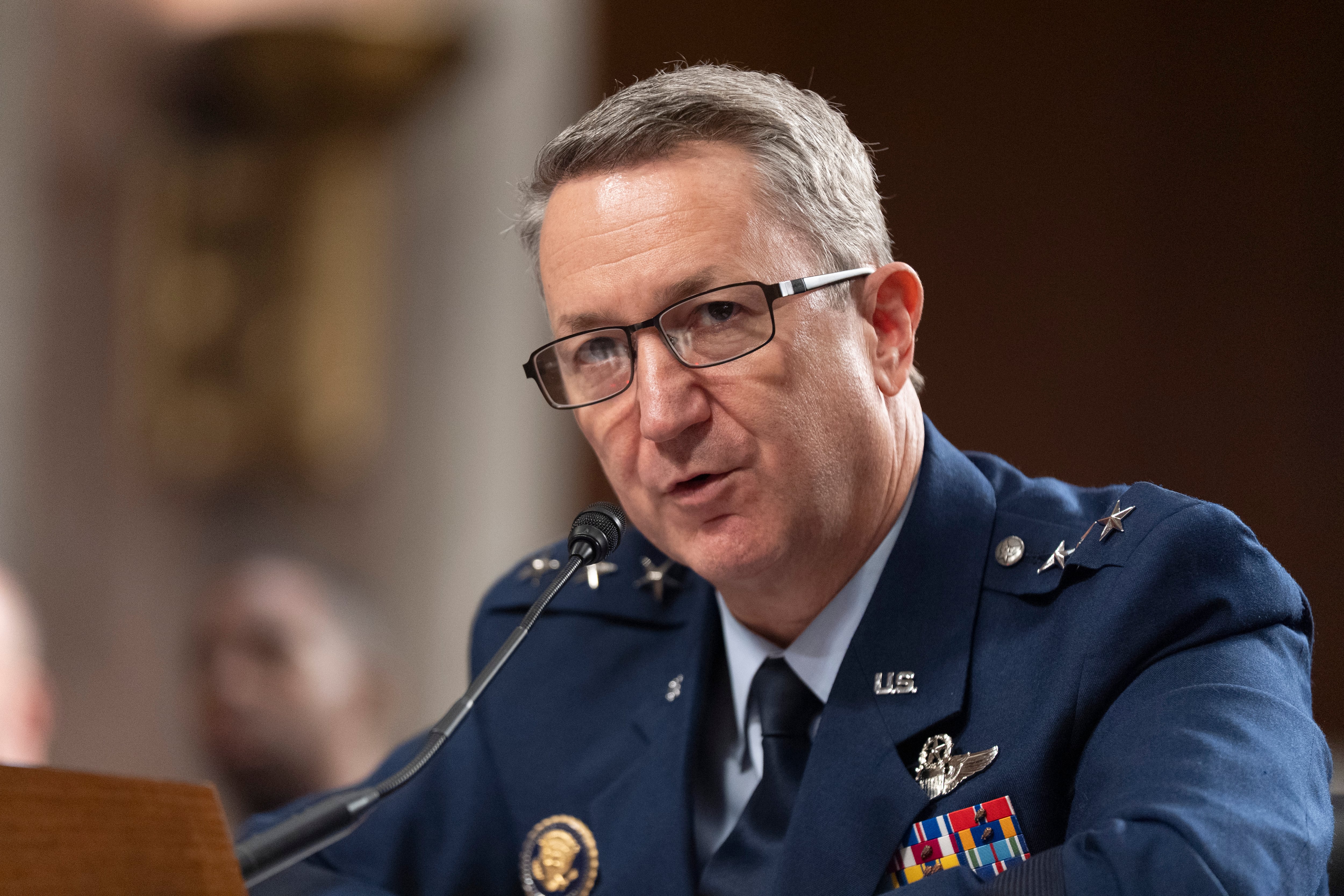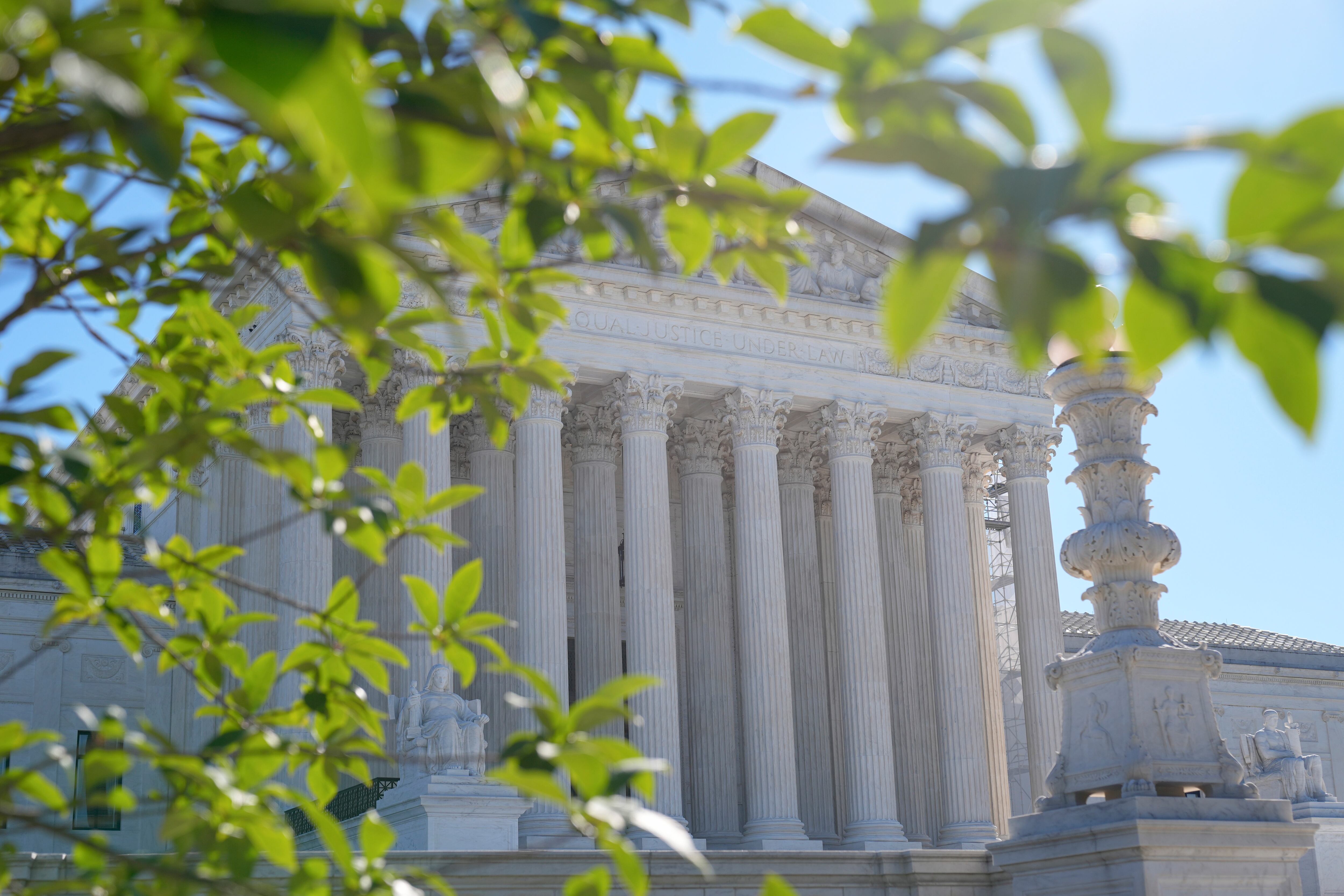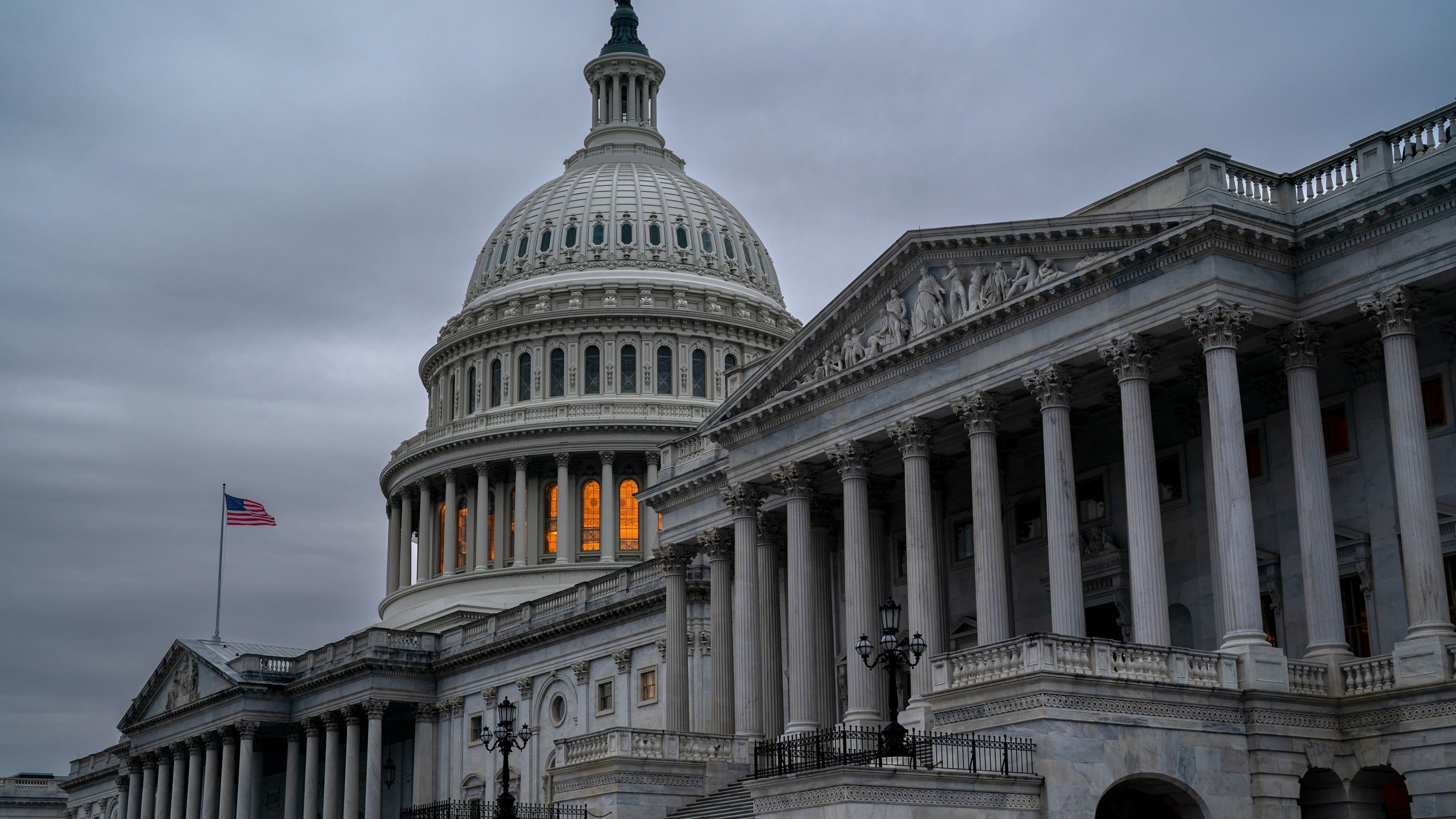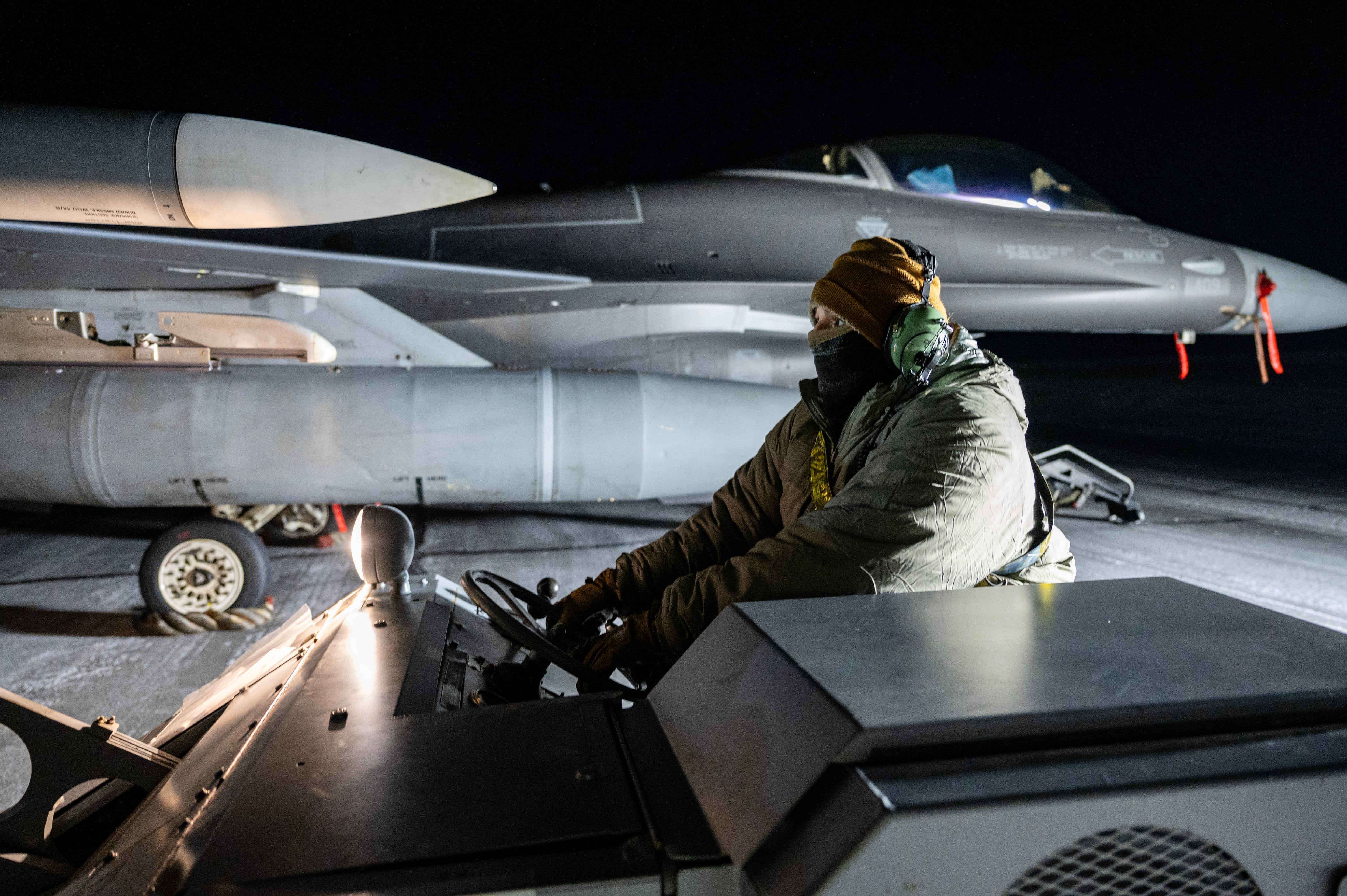Air Force Gen. Dan Caine has been sworn in as chairman of the Joint Chiefs of Staff after a flurry of paperwork was finished to allow him to fill the job nearly two months after President Donald Trump fired his predecessor.
A formal White House ceremony is expected to take place this week.
Caine, a decorated F-16 fighter pilot and well-respected officer, took over on Saturday after Trump signed the necessary documents. He will serve the remainder of the four-year term of Air Force Gen. CQ Brown, who was fired by Trump as part of a broader purge of military officers believed to endorse diversity and equity programs.
Brown, a history-making fighter pilot and just the second Black chairman, had served 16 months in the job when he was fired Feb. 21. Caine’s term as chairman will run through Sept. 30, 2027.
RELATED

Because he has never served as a combatant commander or a service chief, Caine did not meet the basic prerequisites for the job set out in a 1986 law. As a result, Trump had to sign a waiver allowing him to serve as chairman. Under the law, the requirements can be waived by the president if there is a determination that “such action is necessary in the national interest.”
Caine — whose call sign is “Raizin” — is the first officer to be called back from retirement and returned to active duty to take the chairman’s job.
He had an unusual path to the chairman’s post, including his start in the military.
Caine was commissioned as an officer in 1990 through the ROTC program at the Virginia Military Institute, but after pilot training, he got a waiver to move from active duty to the Air National Guard so that he could fly fighter jets. At the time, there weren’t as many open slots for pilots in the active duty service.
In 2001, while serving as a pilot with the 121st Fighter Squadron at Andrews Air Force Base in Maryland, he was in the second rotation of fighter jets that were patrolling the skies over Washington, D.C., on Sept. 11. Two months later, he deployed to Kuwait as an F-16 mission commander.
Caine got his master’s degree in 2005 from American Military University, in Charles Town, West Virginia. Much of his early military time was as a pilot and instructor, and he has 2,800 hours, including more than 100 in combat.
During his career, Caine moved in and out of full-time active duty jobs. He served in leadership roles in multiple special operations commands, in some of the Pentagon’s most classified programs and at the CIA. He also worked on staff and as a fellow at the White House.
His most recent job before he retired last year was as the associate director for military affairs at the CIA. He retired as a three-star lieutenant general.
The Senate confirmed Caine after 2 a.m. Friday, by a bipartisan vote of 60-25, with 15 Democrats and independent Sen. Angus King of Maine voting in support of his nomination.
Caine was in the Pentagon on Friday, but it was unclear when he would be sworn in because there appeared to be a delay in Trump signing the needed paperwork. Trump was at Walter Reed National Military Medical Center, in Bethesda, Maryland, on Friday for his annual physical and then went directly to Joint Base Andrews to fly to Florida.
He signed the paperwork late that night. Caine was sworn in Saturday and was at the Pentagon over the weekend to start work. But as of Monday, the Joint Chiefs website still didn’t have him listed.
At his confirmation hearing early this month, Caine said he would be candid in his advice to Trump and vowed to be apolitical.
Asked how he would react if ordered to direct the military to do something potentially illegal, such as being used against civilians in domestic law enforcement, he told senators that it is “the duty and the job that I have” to push back.
Trump’s relationship with Caine dates to his first administration. They met during a trip to Iraq, as Trump recounted in a 2019 speech. He has said Caine is “a real general, not a television general.”
Associated Press writer Mary Clare Jalonick contributed to this report.





